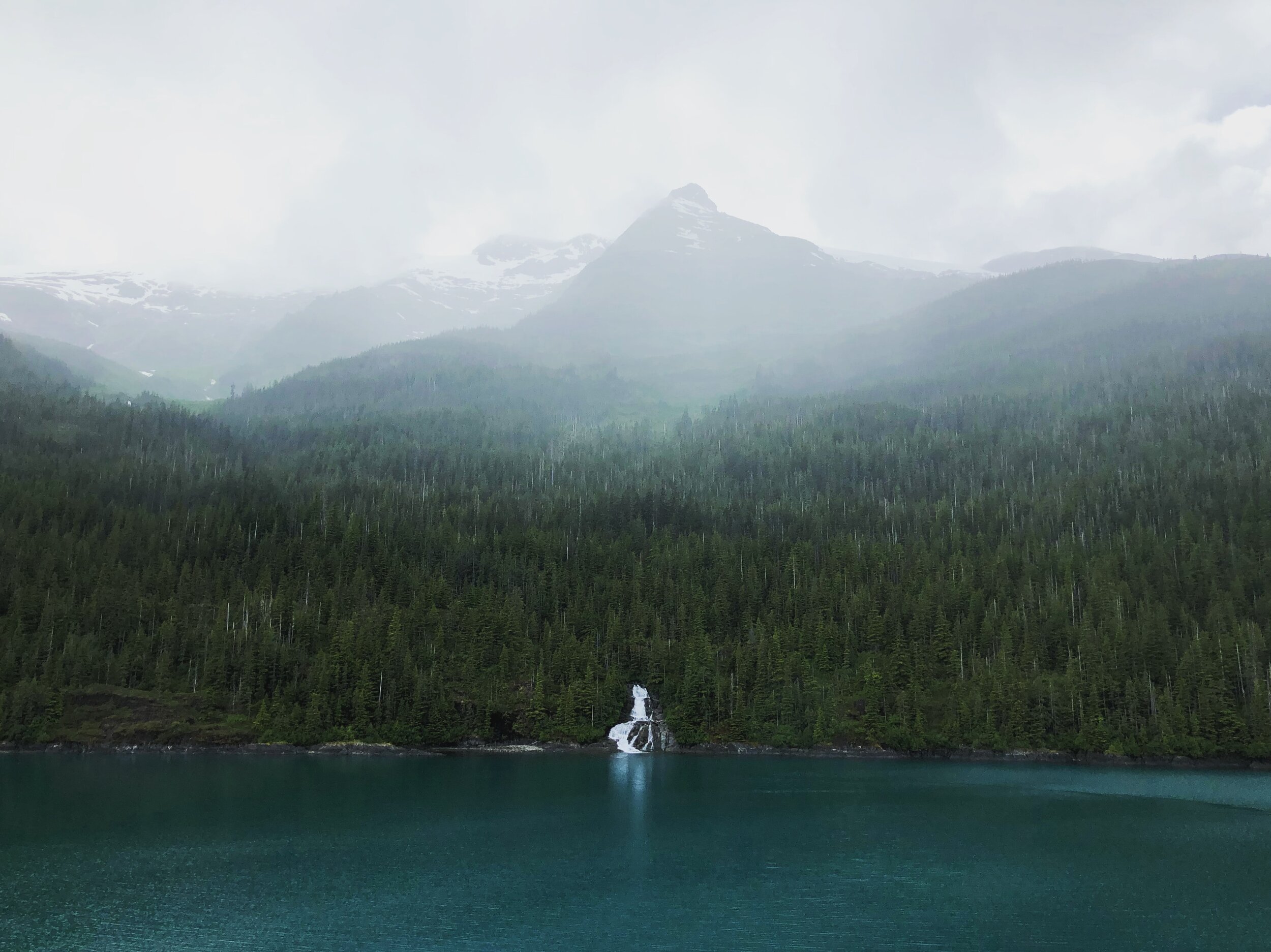Five Ways to Make Progress Toward 30x30 Now
Tongass National Forest, Alaska. Photo credit: Riley Daggs
As you may remember, the Biden administration recently committed to 30x30, the goal to conserve 30 percent of our lands and waters by 2030. 30x30 arose out of the scientific community’s consensus that we need to protect 50 percent of the world’s lands and waters by 2050 in order to protect biodiversity and the climate. You can read more about 30x30 here.
Since the administration released its report detailing plans to approach 30x30, a program the administration is calling “Conserving and Restoring America the Beautiful,” there have been scarce details about what specific programs, policies, and landscapes the U.S. can focus on to achieve its goals. While the goal itself is admirable, and we are thrilled the administration has committed to it, we have a lot to accomplish by 2030 and it’s time to get to work.
While there are many places to start – from incentivizing private conservation to protecting more federal public lands – there are other policy proposals around public lands and waters that would have the added benefit of bringing the U.S. a few notches closer to the 30 percent goal. Here are five pieces of legislation that Congress should pass right now, both for their own merits, and for their contributions toward 30x30:
Roadless Conservation Act. The Roadless Rule is a lesser-known but key conservation rule that helps protect undeveloped areas on National Forests and backcountry recreation, totaling 58.5 million acres. Over the last decade, there have been a few efforts to roll back the rule in individual states. Sen. Cantwell (D-WA) and Rep. Gallego (D-AZ) introduced the Roadless Area Conservation Act, which codifies the Roadless Rule and would provide permanent protection for 30% of our National Forests that are currently designated as Roadless Areas.
Protecting America’s Wilderness and Public Lands Act. Protecting America’s Wilderness and Public Lands Act (H.R.803) is a package of public land protection bills across the west that would protect more than 4 million acres of public lands and more than 1000 river miles. Currently, the package includes eight bills in California, Colorado, Washington, and Arizona. Outdoor Alliance, our partners, and the outdoor community has worked extensively on these bills, and they conserve valuable public lands and protect climbing, paddling, mountain biking, skiing, and hiking and other outdoor experiences. You can read our full letter of support on the bill here.
The American Public Lands and Waters Climate Solution Act. Introduced in the last Congress by Rep. Grijalva (D-AZ), the American Public Lands and Waters Climate Solution Act proposes making public lands carbon neutral. It includes the importance of conservation efforts to mitigate the effects of climate change, ensures thoughtful development for renewable energy on public lands, and takes aggressive action to reduce greenhouse gas emissions, including by pausing new fossil fuel leases. You can read our full letter of support on the bill here.
Recreation Not Red-Tape Act. The Recreation Not Red-Tape Act has a number of provisions that would help make progress toward more conserved land, most crucially the creation of a new organic designation for National Recreation Areas. National Recreation Areas would offer a new way to protect public land for its recreational value, adding another tool for protecting places, especially for landscapes that are not a good fit for Wilderness, National Park, or other more restrictive designations.
Outdoors for All Act. The Outdoors For All Act would create a dedicated funding source for the Outdoor Recreation Legacy Partnership (ORLP) grant program to improve access to outdoor recreation opportunities in underserved communities. ORLP supports projects to acquire land or develop green space or outdoor recreation in urban communities, including low-income neighborhoods that are underserved by parks and other recreation resources (source). You can view our testimony letter on this bill right here. The Outdoors for All Act passed along with the PAW+ package in the House earlier this year and enjoys strong support from the outdoor and conservation communities.
Taken together, these pieces of legislation would make material progress toward the goal of conserving 30 percent of our lands and waters by 2030. From permanent protections for backcountry forests to new ways to protect frontcountry and high-value recreation areas from development, these five policy proposals are incredibly valuable in their own rights but would also bring the U.S. closer to its goal of more protected land and water as a strategy to mitigate the worst effects of the climate crisis.

